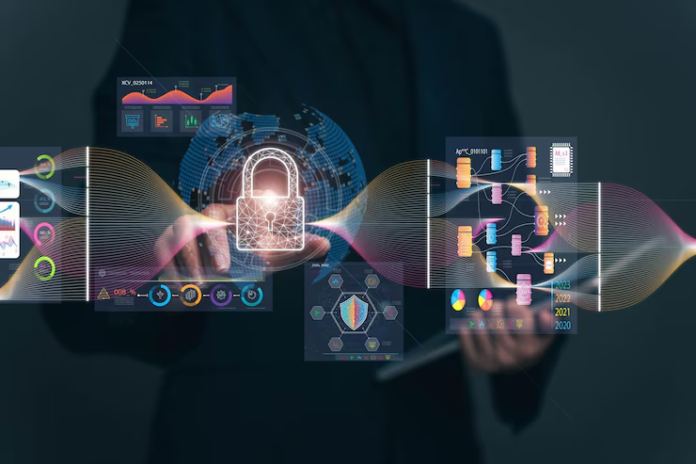In today’s interconnected world, where digital threats loom large, Multi-Factor Authentication (MFA) has emerged as a beacon of hope for enhancing online security. MFA goes beyond traditional password protection by requiring users to verify their identity through multiple means, such as a password, a fingerprint scan, or a verification code sent to their phone.
For many users, MFA adds an extra layer of reassurance. “I feel more secure knowing that even if someone gets hold of my password, they still can’t access my accounts without my phone or biometric information,” says Sarah, a frequent online shopper who appreciates the added security measures implemented by her favorite e-commerce platforms.
The growing adoption of MFA is not just a trend but a necessity in an environment where cyber threats are increasingly sophisticated. “We’ve seen a rise in phishing attacks and stolen credentials. MFA helps us protect our customers’ sensitive data by making it harder for unauthorized individuals to gain access,” explains John, a cybersecurity expert working with a leading financial institution.
From financial services to healthcare providers and government agencies, organizations across various sectors are embracing MFA to fortify their defenses against data breaches and identity theft. “As a healthcare provider, safeguarding patient information is paramount. Implementing MFA ensures that only authorized personnel can access sensitive medical records,” says Dr. Patel, a physician at a busy hospital.
Despite its effectiveness, implementing MFA can pose challenges. “Integrating MFA across our different systems required careful planning and coordination. We had to ensure a seamless user experience without compromising security,” notes David, an IT manager responsible for deploying MFA across his organization.
However, the benefits of MFA far outweigh these challenges. “Our customers appreciate the added security measures. It builds trust and confidence in our services,” says Maria, a customer service manager at a technology company that recently implemented MFA.
Looking ahead, experts emphasize the importance of continuous innovation in MFA technology to stay ahead of evolving cyber threats. “As attackers become more sophisticated, we need to continuously enhance our security measures. This includes exploring new authentication methods and improving user education,” suggests Dr. Lee, a cybersecurity researcher at a prominent university.
In conclusion, Multi-Factor Authentication represents a crucial step towards safer digital interactions. By leveraging multiple layers of verification, organizations and individuals alike can better protect themselves against cyber threats and safeguard sensitive information in an increasingly interconnected world.




